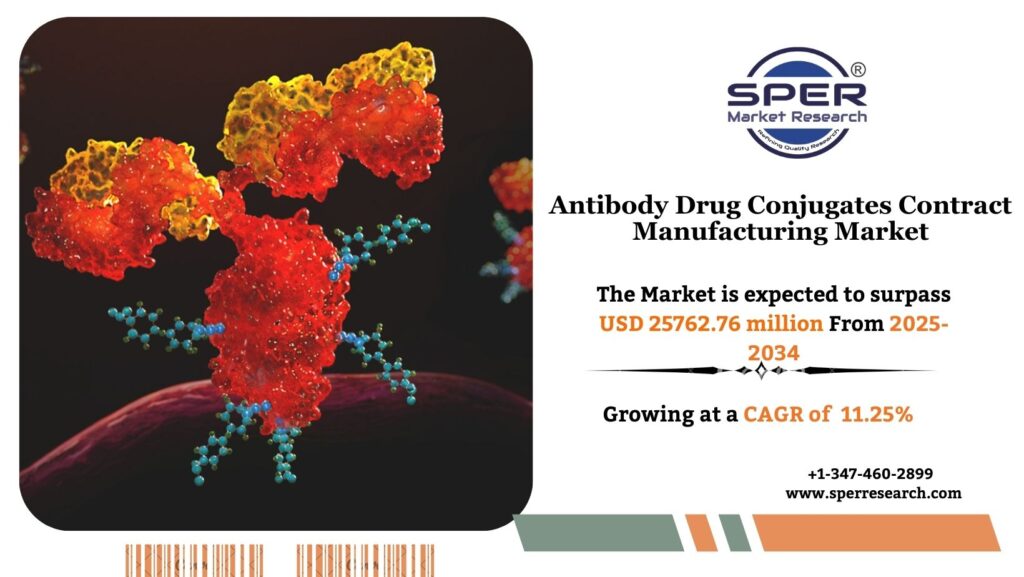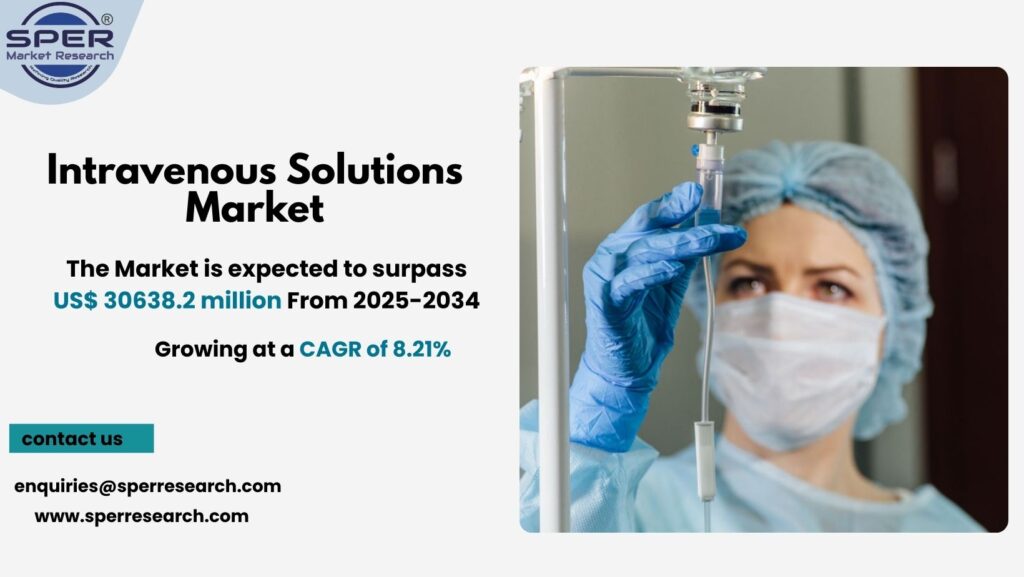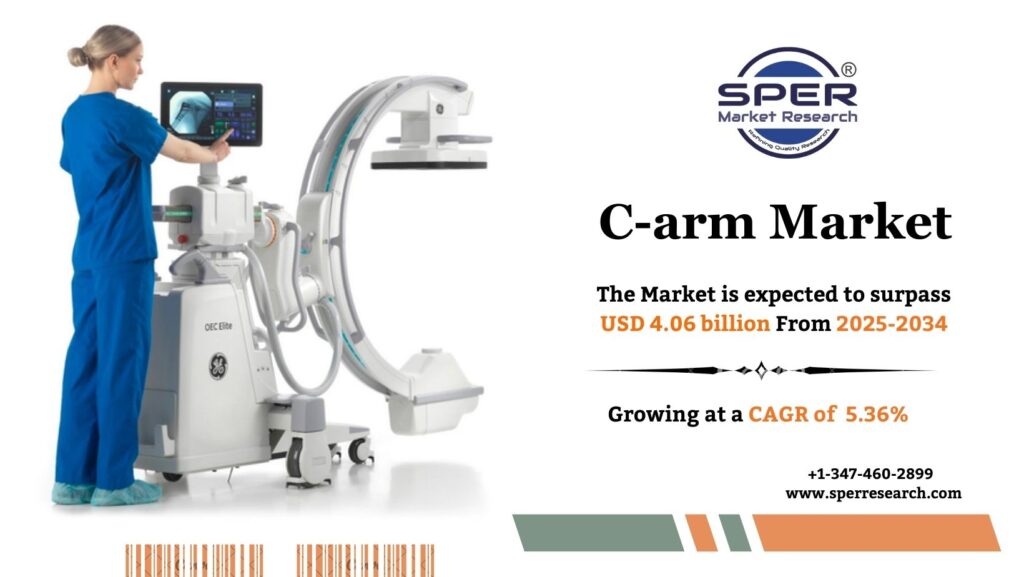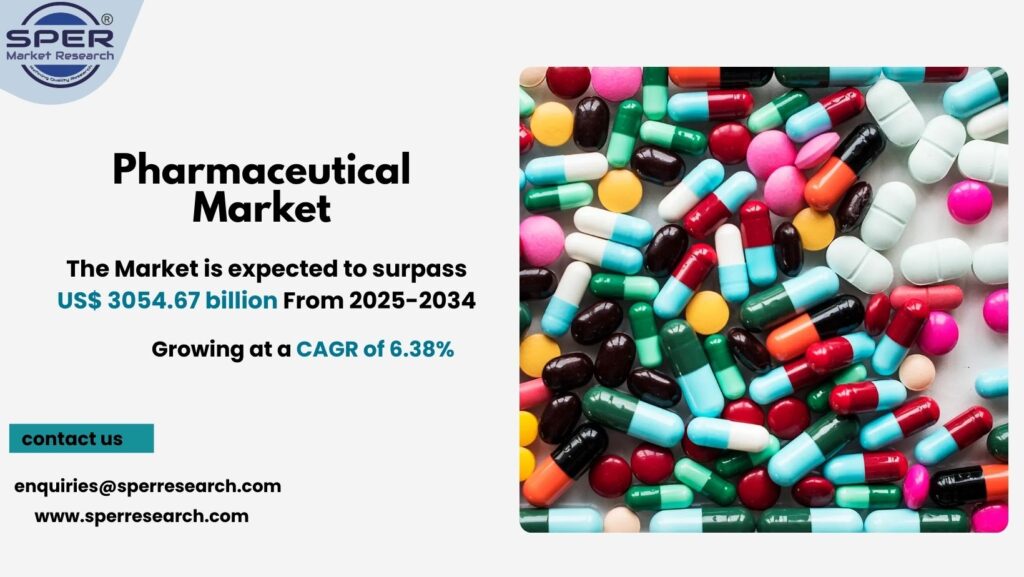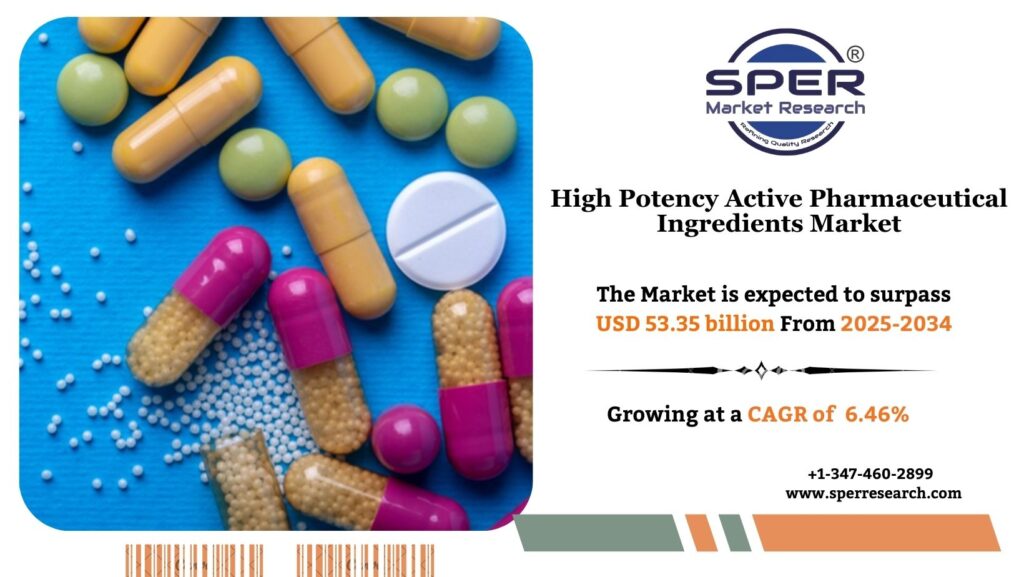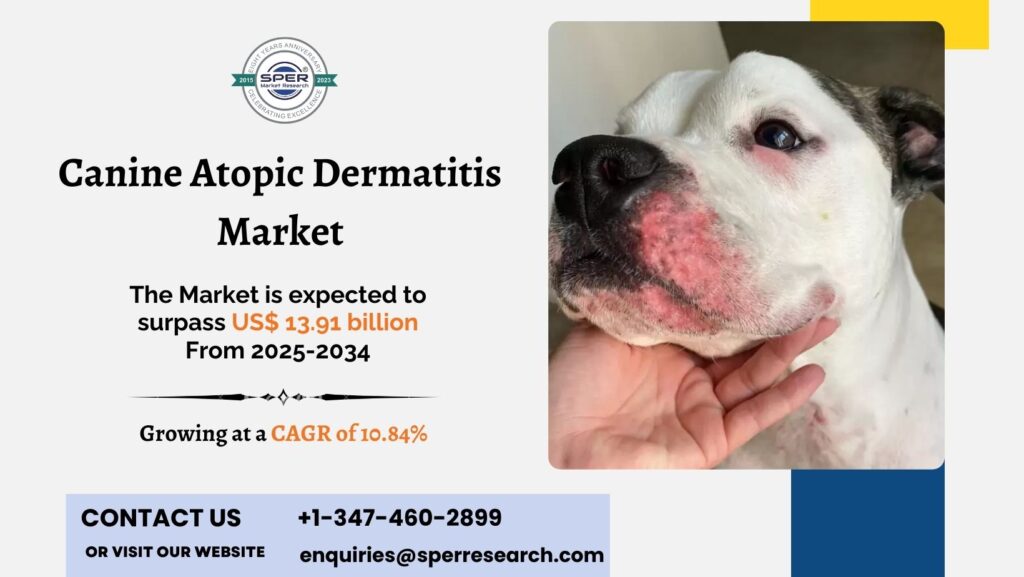Introduction to Nucleic Acid Amplification Testing (NAAT)
What is NAAT?
Nucleic Acid Amplification Testing (NAAT) is a cutting-edge molecular diagnostic technique that detects the presence of genetic material—DNA or RNA—of pathogens or human cells. Unlike traditional diagnostic tools such as culture methods or antigen-based tests, NAAT offers exceptional sensitivity and specificity. It allows healthcare professionals to identify infections, genetic mutations, or cancer markers with remarkable accuracy, even when the target is present in very low concentrations.
The core principle behind NAAT lies in amplifying tiny amounts of nucleic acids so they can be analyzed. Technologies like Polymerase Chain Reaction (PCR), Transcription-Mediated Amplification (TMA), and Loop-Mediated Isothermal Amplification (LAMP) are widely used to perform this amplification. As a result, NAAT has become indispensable in diagnosing infectious diseases such as HIV, tuberculosis, and COVID-19, as well as in oncology and genetic testing.
What sets NAAT apart is its speed and precision. Traditional tests often take days to yield results, whereas NAAT can deliver outcomes within hours. This speed saves lives in emergency situations, helps curb disease outbreaks, and ensures patients receive the right treatment on time.
Historical Evolution of NAAT in Diagnostics
The journey of NAAT dates back to the 1980s when PCR technology was first introduced. PCR revolutionized molecular biology by enabling scientists to replicate DNA segments exponentially, laying the foundation for modern genetic testing. Over the years, advancements such as real-time PCR and isothermal amplification techniques further enhanced the efficiency and versatility of NAAT.
In the early stages, NAAT was primarily confined to research laboratories due to its complexity and cost. However, with technological innovations, miniaturization of instruments, and automation, NAAT became accessible to clinical settings. Today, it’s widely adopted in hospitals, diagnostic laboratories, and even point-of-care environments.
The COVID-19 pandemic marked a defining moment for NAAT. Global reliance on RT-PCR (a form of NAAT) for SARS-CoV-2 detection demonstrated its critical role in public health and emergency preparedness. It underscored how NAAT can adapt swiftly to global challenges while maintaining accuracy and reliability.
Importance of NAAT in Modern Medicine
NAAT plays a crucial role in modern healthcare because it bridges the gap between speed, accuracy, and reliability in diagnostics. Its applications are vast:
- Infectious Diseases: NAAT can detect viral and bacterial infections faster than cultures, helping control outbreaks.
- Oncology: Detects genetic mutations and biomarkers that guide targeted therapies.
- Prenatal and Genetic Testing: Helps identify hereditary conditions, ensuring timely interventions.
- Public Health: Provides real-time surveillance during pandemics and outbreaks.
As healthcare systems move toward precision medicine, NAAT is becoming the backbone of diagnostics. Its ability to provide early, reliable, and personalized results ensures better patient outcomes, reduced healthcare costs, and stronger disease management strategies.
Market Dynamics of NAAT
Market Drivers Fueling Growth
The global NAAT market is experiencing significant growth, and several key factors are driving this expansion:
- Rising Prevalence of Infectious Diseases: Diseases such as HIV, hepatitis, tuberculosis, and COVID-19 are increasing the demand for reliable diagnostic methods.
- Growing Adoption of Molecular Diagnostics: Physicians and healthcare providers are shifting from conventional diagnostic tools to molecular methods due to higher accuracy.
- Technological Advancements: Automated platforms, point-of-care testing, and digital integration are making NAAT more accessible.
- Increased Public Awareness: Patients are becoming more aware of the importance of early diagnosis, driving up testing volumes.
- Government Support: Public health initiatives and funding programs are encouraging wider adoption of NAAT globally.
Together, these drivers ensure that NAAT remains at the forefront of the diagnostic revolution, supporting healthcare providers in delivering rapid and reliable care.
Key Challenges and Limitations
Despite its immense potential, the NAAT market faces several hurdles:
- High Costs: Advanced NAAT systems and reagents are expensive, making them less accessible in low-income regions.
- Infrastructure Gaps: Many developing countries lack the laboratory facilities required to implement NAAT effectively.
- Complexity of Use: Although automation has simplified processes, NAAT still requires skilled technicians for accurate results.
- False Positives/Negatives: While rare, inaccuracies due to contamination or poor sample quality remain a concern.
- Regulatory Hurdles: Lengthy approval processes for new products slow down market growth.
Overcoming these challenges will be critical for expanding NAAT’s footprint, particularly in underserved regions.
For More Detailed Analysis in PDF Format, Visit- https://www.sperresearch.com/report-store/nucleic-acid-amplification-testing-market?sample=1
Opportunities Shaping the Future of NAAT
The future of NAAT holds immense promise. Key opportunities include:
- Point-of-Care Testing Expansion: Portable NAAT devices are becoming increasingly popular, especially in rural and resource-limited areas.
- Integration with AI: Artificial intelligence can enhance diagnostic accuracy by analyzing large volumes of NAAT data.
- Emerging Markets: Rapidly growing healthcare sectors in Asia-Pacific, Latin America, and Africa present untapped potential.
- Personalized Medicine: As treatment becomes more tailored to genetic profiles, NAAT will be central to patient care.
By seizing these opportunities, NAAT companies can continue driving innovation and expanding accessibility, ensuring the market remains on a strong growth trajectory.
Segmentation of the NAAT Market
By Product Type (Instruments, Reagents, Consumables)
The NAAT market is segmented into instruments, reagents, and consumables, each playing a crucial role in the testing ecosystem.
- Instruments: These include PCR machines, automated analyzers, and portable testing devices. Technological innovations have made instruments more user-friendly and efficient, reducing the turnaround time for tests.
- Reagents: The largest revenue contributor, reagents are indispensable for NAAT processes. Frequent purchases drive consistent revenue streams for manufacturers.
- Consumables: Items like pipette tips, tubes, and cartridges support NAAT workflows. Single-use consumables have grown in demand due to concerns about contamination and infection control.
The increasing demand for reagents and consumables highlights the recurring revenue model, making this segment a lucrative area for companies.
By Technology (PCR, TMA, LAMP, Others)
- Polymerase Chain Reaction (PCR): The gold standard in NAAT, widely used for infectious disease testing and genetic analysis.
- Transcription-Mediated Amplification (TMA): Preferred for high-throughput testing, especially in blood screening.
- Loop-Mediated Isothermal Amplification (LAMP): Provides rapid results without requiring sophisticated equipment, making it ideal for point-of-care testing.
- Other Techniques: Innovations like rolling circle amplification are also gaining traction.
Each technology has its strengths, but PCR remains dominant due to its versatility and widespread adoption.
By Application (Infectious Diseases, Oncology, Genetic Testing, Others)
- Infectious Diseases: The largest application segment, driven by global outbreaks and growing awareness.
- Oncology: Rising cancer cases are fueling demand for NAAT-based genetic testing and biomarker detection.
- Genetic Testing: Includes prenatal, newborn screening, and hereditary disease detection.
- Other Applications: Forensic science, veterinary diagnostics, and food safety testing.
Infectious diseases dominate the application segment, but oncology is emerging as a fast-growing area with increasing investments in precision medicine.
By End User (Hospitals, Diagnostic Labs, Research Institutes, Others)
- Hospitals: Account for a significant share due to the urgent need for rapid diagnostics in clinical settings.
- Diagnostic Labs: Major revenue contributors, handling bulk NAAT testing volumes.
- Research Institutes: Use NAAT for drug discovery, genetics, and molecular biology studies.
- Others: Include academic institutions and forensic labs.
Diagnostic laboratories are expected to maintain a strong lead, but the hospital segment is rapidly growing as point-of-care testing becomes mainstream.
Regional Analysis of the NAAT Market
North America
North America holds the largest share of the NAAT market due to:
- Advanced healthcare infrastructure
- Strong presence of leading diagnostic companies
- High adoption of molecular diagnostics
- Supportive regulatory environment
The U.S. dominates this region, fueled by heavy investments in research and widespread use of NAAT in both hospitals and laboratories.
Europe
Europe is the second-largest market, driven by government initiatives for public health and strong adoption in infectious disease management. Countries like Germany, France, and the U.K. are leading in innovation and clinical adoption.
Asia-Pacific
This region is witnessing rapid growth due to:
- Increasing healthcare expenditure
- Rising prevalence of infectious diseases
- Expanding diagnostic infrastructure
China, Japan, and India are major growth engines, with increasing government support for advanced diagnostics.
Latin America and Middle East & Africa
Although smaller in market size, these regions present significant growth potential due to improving healthcare infrastructure and rising awareness. Brazil, South Africa, and GCC countries are key contributors.
Impact of COVID-19 on the NAAT Market
Surge in Testing Demand
The COVID-19 pandemic dramatically accelerated the demand for NAAT. Reverse Transcription PCR (RT-PCR) became the gold standard for detecting SARS-CoV-2, leading to unprecedented testing volumes globally. This surge demonstrated NAAT’s critical importance in controlling outbreaks and shaping healthcare policies.
Innovations During the Pandemic
The pandemic spurred rapid innovation in NAAT technologies:
- Development of portable, point-of-care devices
- Faster and more accurate testing kits
- Automation for high-throughput testing
Companies worldwide collaborated with governments to scale up testing, making NAAT a household term.
Long-Term Implications
The pandemic has reshaped the NAAT market permanently. Increased public awareness, improved infrastructure, and government investments ensure sustained demand even beyond COVID-19. NAAT is now recognized as a cornerstone of global health security, with applications extending well beyond pandemics.
Contact Us:
Sara Lopes, Business Consultant — USA
enquiries@sperresearch.com
+1–347–460–2899

